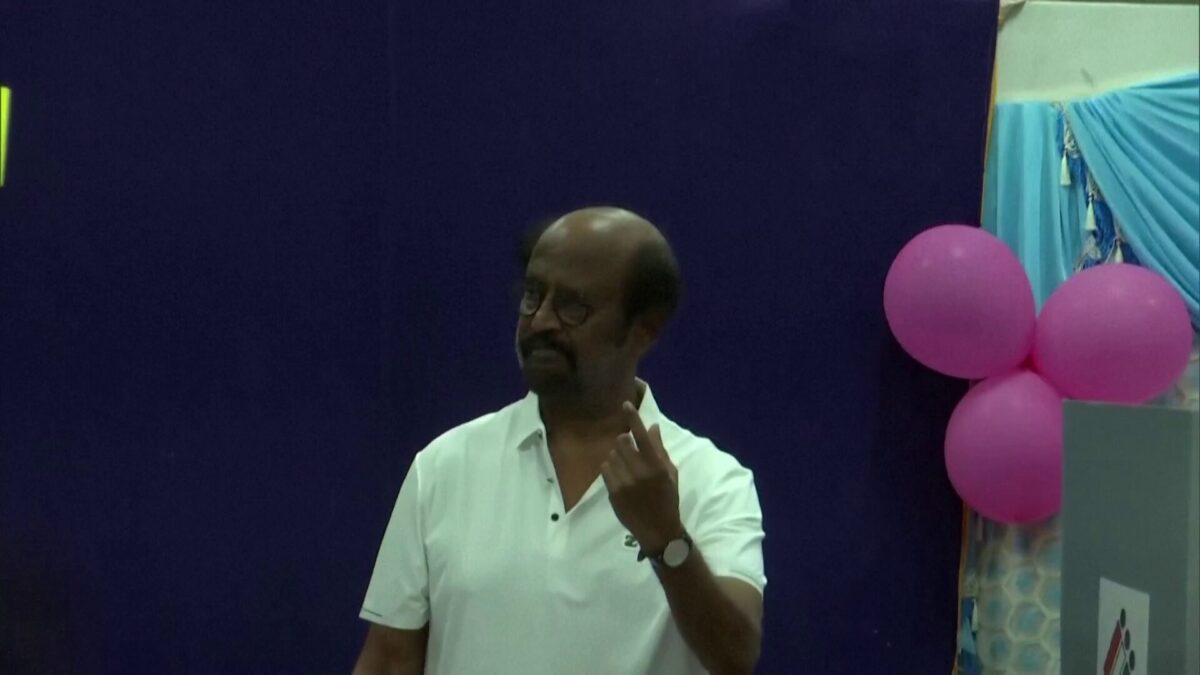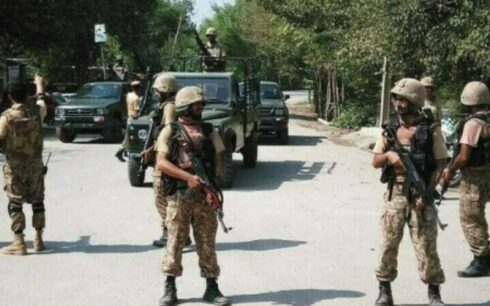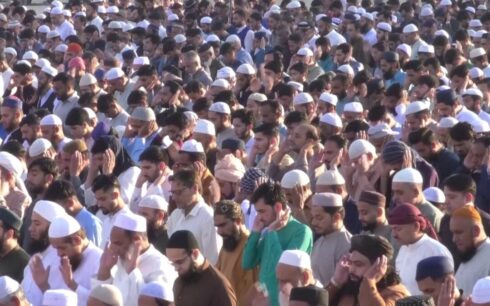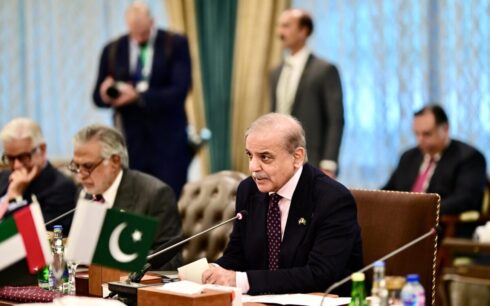India commenced voting on Friday, April 19, as Prime Minister Narendra Modi vies for an unprecedented third term in what is considered the world’s largest election.
Polling stations opened at 7:00 a.m. local time (0130 GMT), with voters queuing early under stringent security measures.
This extensive electoral process, involving nearly one billion eligible voters, will unfold in seven phases and span across the nation, concluding on June 1. The votes are set to be counted on June 4.
In Friday’s pivotal phase, the largest of the seven, 166 million voters across 102 constituencies in 21 states and territories are expected to cast their ballots. This phase includes regions from Tamil Nadu in the south to Arunachal Pradesh at the Himalayan border with China, and Uttar Pradesh, the country’s most populous state in the north.
The election sees Modi’s Bharatiya Janata Party (BJP) contending against a coalition of approximately two dozen opposition parties. The opposition is campaigning on a platform that includes proposals for expanded affirmative action, increased welfare benefits, and the preservation of democratic institutions, which they claim are under threat from Modi’s authoritarian administration.





